In the world of fitness and body positivity, embracing your natural curves is the key to confidence and self-love. Hip dips, also known as violin hips or “saddlebags,” are a common natural feature where the skin dips inward just below the hip bone, creating a curve between the hips and thighs. While hip dips are entirely normal, some individuals seek to enhance and tone this area for a more sculpted look. In this blog, we’ll explore what hip dips are, why they occur, and share a series of effective hip dip exercises to help you achieve the curves you desire.
Understanding Hip Dips
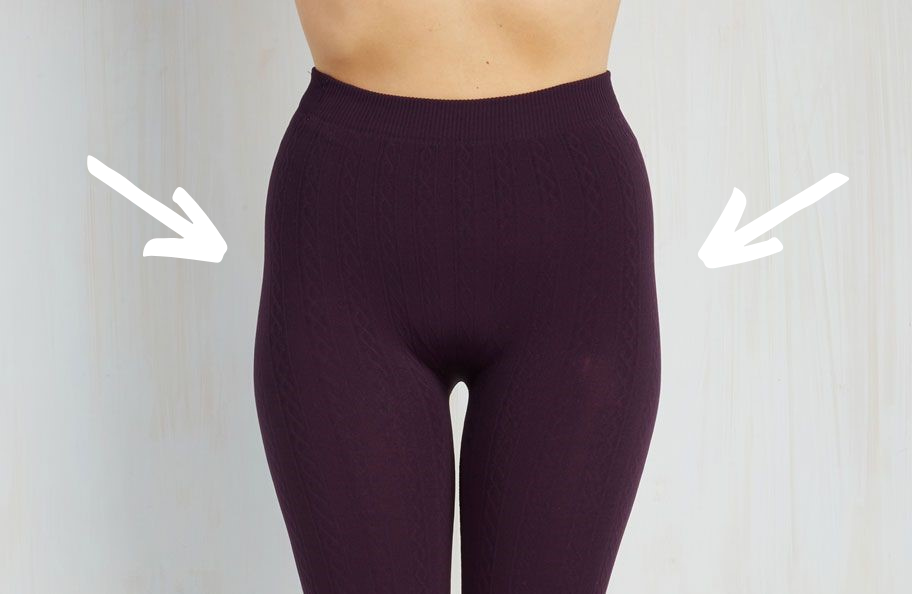
Hip dips are a result of the unique bone structure and muscle placement in the pelvic region. They occur when the skin is tethered to the deeper muscles in the hip area. While some people naturally have more pronounced hip dips, others may have less noticeable ones. It’s essential to understand that hip dips are a genetic trait, and their appearance varies from person to person.
Why Do Hip Dips Occur?
Several factors contribute to the formation of hip dips:
- Bone Structure: The width and angle of your hip bones play a significant role in the appearance of hip dips. Some individuals have wider hip bones, while others have narrower ones.
- Muscle Development: The development and distribution of muscles in the hip area also influence the depth of hip dips. Stronger gluteus medius muscles can reduce the appearance of hip dips.
- Body Fat: The amount of body fat you carry can affect the prominence of hip dips. Lower body fat levels may make hip dips more noticeable.
Remember, having hip dips is entirely normal and does not indicate any underlying health issues. However, if you’re interested in toning and enhancing this area, specific exercises can help.
Hip Dip Exercises
These hip dip exercises target the muscles around the hips and thighs to enhance muscle definition and create a more sculpted appearance. Incorporate these exercises into your fitness routine to help reduce the prominence of hip dips:
1. Side Leg Raises
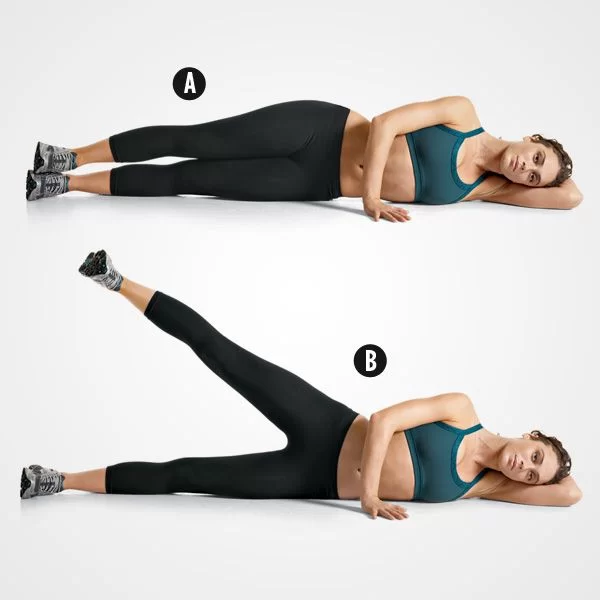
Instructions:
- Lie on your side with your legs straight and stacked on top of each other.
- Place your bottom arm under your head for support and balance.
- Lift your top leg as high as you can without moving your upper body.
- Lower it back down.
- Perform 3 sets of 15-20 reps on each side.
2. Clamshells
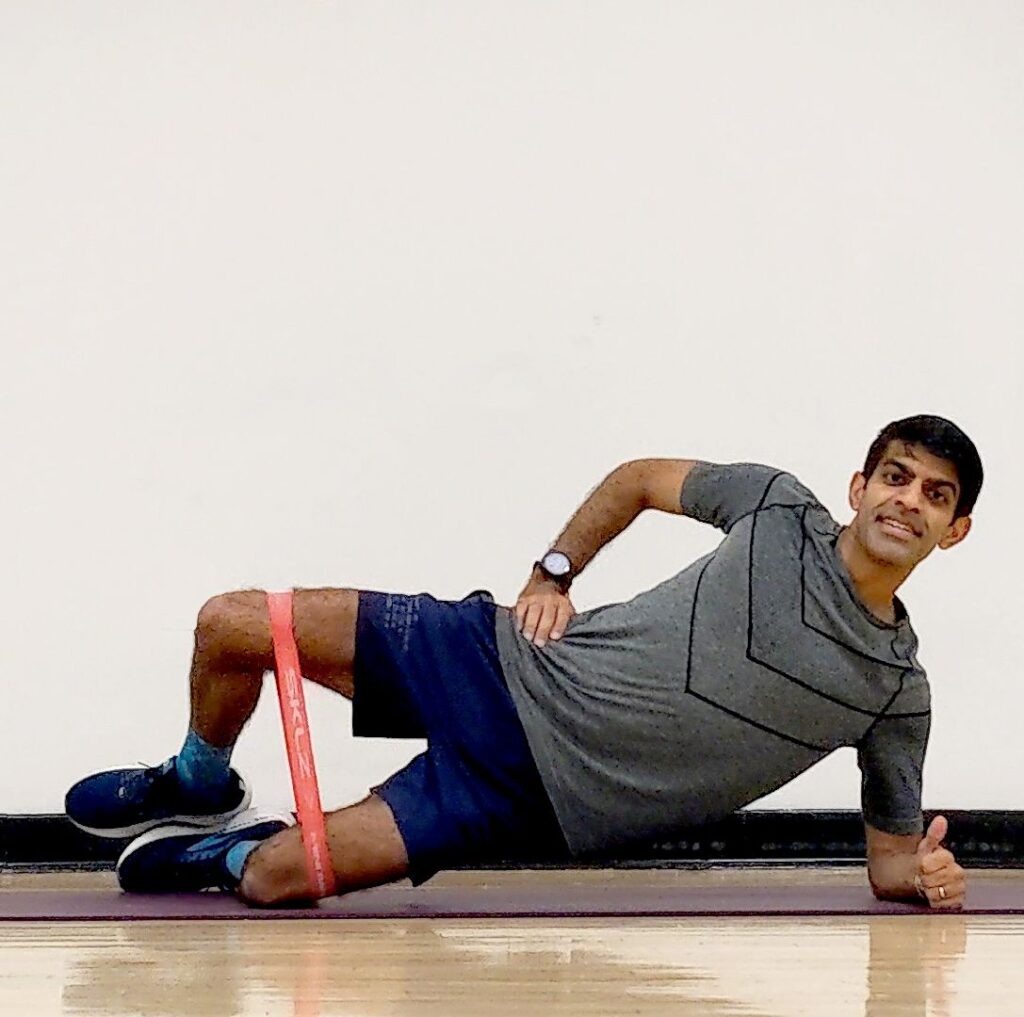
Instructions:
- Lie on your side with your knees bent at a 90-degree angle.
- Keep your feet together and lift your top knee as high as you can while keeping your feet touching.
- Lower your knee back down.
- Perform 3 sets of 15-20 reps on each side.
3. Donkey Kicks
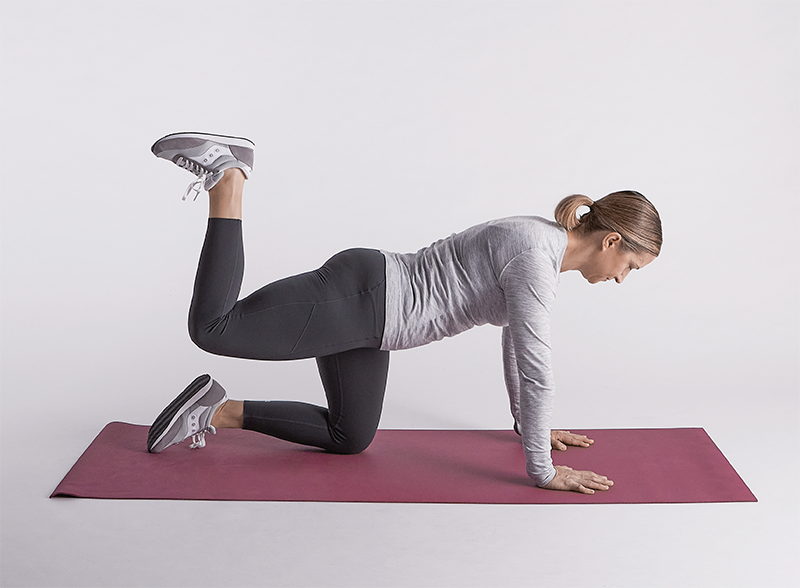
Instructions:
- Begin on your hands and knees in a tabletop position.
- Keeping your knee bent at a 90-degree angle, lift your right leg until your thigh is parallel to the ground.
- Lower your leg back down without touching the ground.
- Perform 3 sets of 15-20 reps on each side.
4. Fire Hydrants

Instructions:
- Start in a tabletop position on your hands and knees.
- Lift your right leg out to the side, keeping your knee bent at a 90-degree angle.
- Return to the starting position.
- Perform 3 sets of 15-20 reps on each side.
5. Bridge Exercise
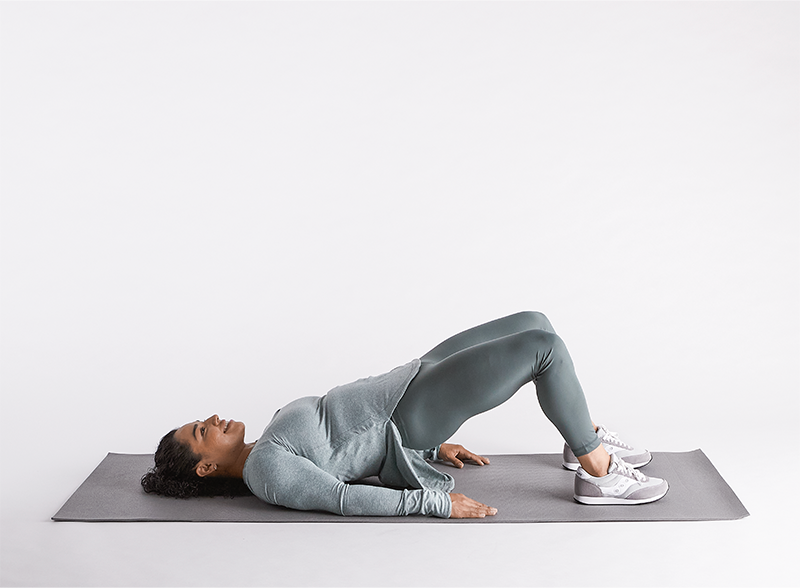
Instructions:
- Lie on your back with your knees bent and feet flat on the ground, hip-width apart.
- Place your arms by your sides with your palms facing down.
- Lift your hips towards the ceiling, squeezing your glutes at the top.
- Lower your hips back down.
- Perform 3 sets of 15-20 reps.
Tips for Effective Hip Dip Workouts
- Consistency: To see noticeable results, perform these exercises regularly, ideally 3-4 times per week.
- Proper Form: Ensure you maintain proper form throughout each exercise to avoid strain or injury.
- Progressive Overload: Gradually increase the number of sets, reps, or resistance to challenge your muscles over time.
- Balanced Diet: A healthy, balanced diet can aid in overall body fat reduction and enhance muscle definition.
Embrace Your Body
It’s important to remember that body shape and genetics play a significant role in the appearance of hip dips. While exercises can help tone and enhance specific areas, you should embrace your natural body and focus on overall health and well-being rather than striving for an unrealistic or unattainable ideal.
Furthermore, always consult with a healthcare professional or fitness expert before starting a new exercise regimen, especially if you have any underlying health concerns or medical conditions. They can provide guidance tailored to your individual needs and goals.
In conclusion, hip dips are a natural and common feature of the body. While exercise can help enhance muscle tone and reduce their prominence, it’s essential to love and embrace your body just the way it is. Remember that beauty comes in all shapes and sizes, and the most important thing is feeling confident and healthy in your skin.
